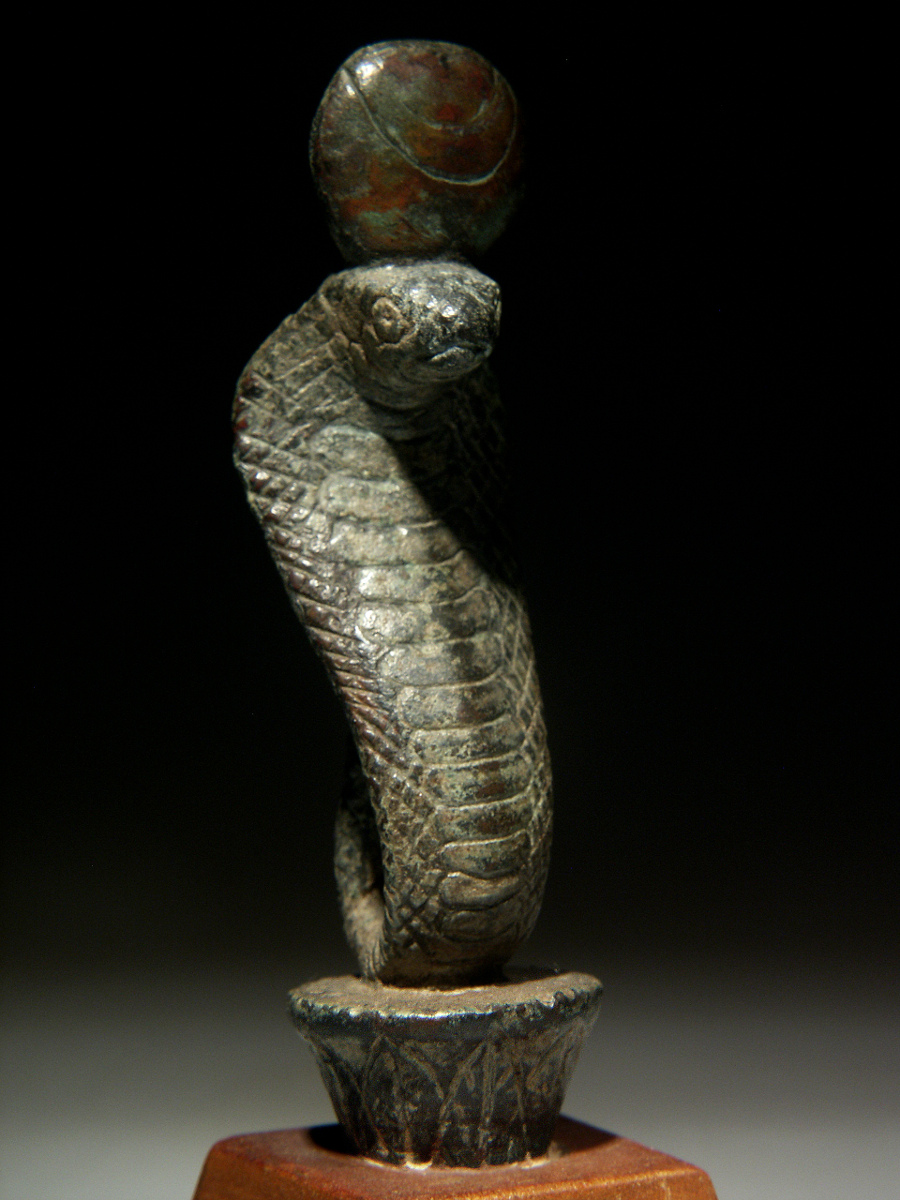Alexander The Great Coin
- History and Coins for Sale Alexander (the Great) III only reigned for 13 years, dying heirless, at the age of 33 years. During this time on the Macedonian throne he managed to conquer most of the known world, from Greece to India. He was born in 356BC to Philip II.
- ALEXANDER THE GREAT SILVER COIN ALBUM Alexander the Great is widely considered the greatest general of all time. At age twenty he emerged from a small kingdom in Macedonia to conquer a vast empire that stretched from the Adriatic Sea in the west to India in the East, and from Egypt in the south as far north as the Black Sea—an achievement as astonishing as it was improbable.
This is a large silver tetradrachm of Alexander III The Great in Babylon Mint, where he died, 336-323 BC. The coin depicts the head of Herakles clad in Nemean Lion-skin headdress and Zeus enthroned, holding eagle & scepter. There wreath in the left field reads 'BASILEWS ALEXANDROY,“ of King Alexander. LYSIMACHOS Silver Tetradrachm Ancient Greek Coin ALEXANDER the GREAT XF. C $30.09 shipping. Alexander the Great III AR Tetradrachm Silver Coin 336-323 BC - ANACS VF30.
Alexander (the Great) III only reigned for 13 years, dying heirless, at the age of 33 years. During this time on the Macedonian throne he managed to conquer most of the known world, from Greece toIndia. He was born in 356BC to Philip II and took the throne in 336 on the assassination of his father. His coinage is vast and can be split into two periods:
During his reign, the so called lifetime issues (his father's coinage was used for a while during this period) were mint.
After his death, with no successor, the ruling void resulted in 4 decades of civil war and the coinage produced by the Diadochi (the generals taking power)has become known as the posthumous issues.
The diadochi consisted of Alexander's 4 generals, his friend Lysimachos, who took Thrace and most of Asia Minor; Cassander ruled Macedonia and Greece; Ptolemy I(the most successful) Egypt, Palestine, Cilicia, Petra and Cyprus and Seleucus I Nicator the remainder of Asia.
Of the denominations issued from 336 to 280BC, gold staters, silver tetradrachms, hemidrachms and drachms were the most prolific, from many mints, and the coinageof Lysimachos has become sought after by collectors for its artistry and the possibility of having the likeness of Alexander on its obverse. However, his lifetime issues seem to be valued more bycollectors.

This coin was issued by Lysimachus, the former general of Alexander the Great. After Alexander's death, Lysimachus ruled part of Alexander's empire in Bulgaria, northern Greece and Turkey known as 'Thrace'. Lysimachus used Alexander's portrait on his coins to emphasise his position as Alexander's successor. Alexander was worshipped as a god after his death. Here he sports the ram's horns of the god, Zeus Ammon, whom Egyptian priests claimed was Alexander's father. On the reverse of the coin is the goddess Athena.
Who was Alexander the Great?
Alexander was born in the kingdom of Macedon in 356 BC. By the age of 25 he had conquered Greece, Egypt and Persia, creating an empire spanning 2 million square miles. Following his death in 323 BC, Alexander's generals began to squabble over his legacy. Since they could not claim a blood-tie, these generals tried to legitimise their rule through other connections with Alexander. Eventually they divided the empire into three main kingdoms in Macedon, Egypt and Persia and went on to form powerful dynasties.
Lysimachus was a great hunter and it was said that Alexander shut him in a cage with a lion to test his prowess
Heads or tails?
Alexander The Great Coin Jewelry
With this startling image of Alexander the Great we are at the beginning of a tradition of portraiture on coins that extends to the modern day. But why does such portraiture begin only around 300 BC, three centuries after the invention of coinage, and why with Alexander the Great?
The clues lie in the portrait itself. Alexander is not portrayed as a man, but as a god. He bears the attribute of Zeus Ammon, an allusion to the claim that he was this god's son. As such, the 'portrait’, in fact fits into a tradition that had existed since the birth of coinage.
The head of a deity was an entirely appropriate subject for depiction on a coin, and thousands of examples exist in the corpus of Greek coinage. So Alexander the 'god', not Alexander the 'man' is the design of Lysimachus' coin. And this fact explains too why it was only now that the head of someone we would regard as a man could appear on a coin. For it is with Alexander the Great that the Greek process of deifying once mortal men begins in earnest. In the case of Alexander this portrayal began only after his death, but within a generation of this living kings would be portrayed on coins, albeit initially with attributes that suggested their deification.
At one level, it strikes the modern eye as odd that the Greeks should have been so reluctant to portray a man on their coins. We are used today, especially those of us who live in monarchies, to seeing the current head of state depicted on our coinage.
Yet the impact of such images, although perhaps muted to those who see such portraits on a daily basis, is still powerful in some cultures. One has only to think of the coinage of one of the world’s largest democracies, to see the taboo in action in the modern world. No living individual is yet portrayed on the circulating coinage of the United States, which uses instead a gallery of dead presidents where other nations acknowledge the living.